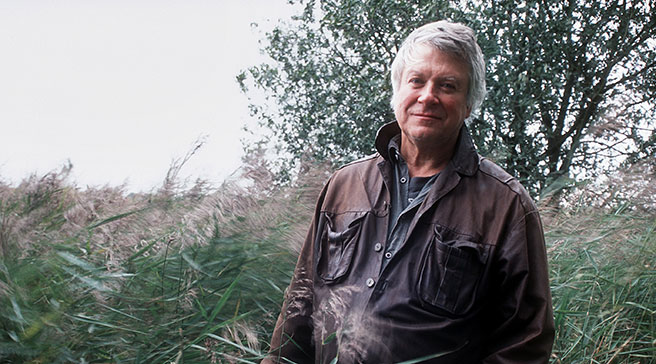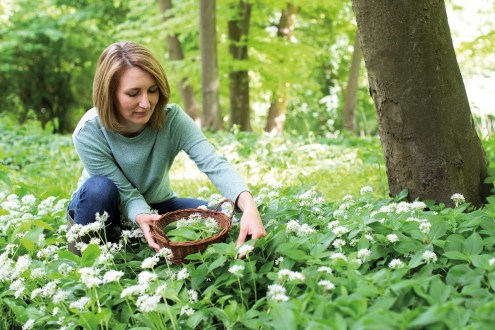April Shelf Help: Nature Cure
Richard Mabey's Nature Cure is an inspiring book because of its clear-eyed unsentimentality – looking closely, it suggests, allows us to apprehend our own place in the natural world

In his late fifties, the acclaimed nature writer Richard Mabey found himself severely depressed and unable to respond to the landscape that had inspired and sustained him throughout his life, immune even to the beauty of the annual flight of the swifts. After an intense period of illness, he recovered, and decided that he was ‘clotted with rootedness’.
It was the moment to become a ‘first-time migrant’ himself, quitting his beat on the edge of the Chiltern Hills, ‘the quirkiest patch of countryside in south-east England’, in which he had lived for half a century. Armed only with a couple of manual typewriters and a jumble of talismanic personal objects including a chunk of 1500-year-old yew and a badge inscribed with the words ‘Cat Lovers Against the Bomb’, Mabey set off for the wide open spaces of East Anglia. ‘What a way to start a new life,’ he comments sardonically.
Power of nature
Nature Cure is exactly what its title suggests, and a lot more besides: a meticulously observed and profoundly affecting account of a revivification through the power of nature. But it is also about the importance of setting ourselves new courses, and steering towards new horizons. Mabey realised that there was a correlation between the natural world that he was committed to documenting and to the writing – which he describes as ‘climbing without a rope’ – that he produced so steadfastly; as with the seasonal cycles he had become so attuned to, there came a point of exhaustion when he needed to renew himself. And with that renewal came the realisation that what he had experienced was part of what he observed: ‘Illness,’ he argues, ‘is the dark side of our transactions with nature’. It’s a wonderful book to read in spring, as the earth begins to warm and the daylight hours begin to lengthen. Even for urban dwellers surrounded by noise and concrete, nature begins to reassert itself: look at the bulbs poking up in window boxes and municipal gardens and the greenery sprouting between the cracks in the pavement. But none of this takes place in a vacuum; this year, spring comes after a winter that left many miles of our coastline battered and our rivers swollen and burst. And yet, life continues, and the earth changes once again; living in nature, as Mabey points out, requires adapting to a ceaselessly mutating environment.
Nature Cure is an inspiring book because of its clear-eyed unsentimentality; looking closely, it suggests, allows us to apprehend our own place in the natural world. And it allows us to connect the depths and complexities of our own minds, in all their vulnerability, what we are able to see around us. Near the book’s end, Mabey quotes the American writer Henry David Thoreau, who in the 1840s climbed the vast Mount Ktaadn in New England. ‘Talk of mysteries!’ he wrote. ‘Think of our life in nature – daily to be shown matter, to come into contact with it – rocks, trees, wind on our cheeks! The solid earth! The actual world! The common sense! Contact! Contact.’
To find out more information about Shelf Help, visit Vintage Books and stay tuned for upcoming events and articles
Photograph: Elizabeth Orcutt








